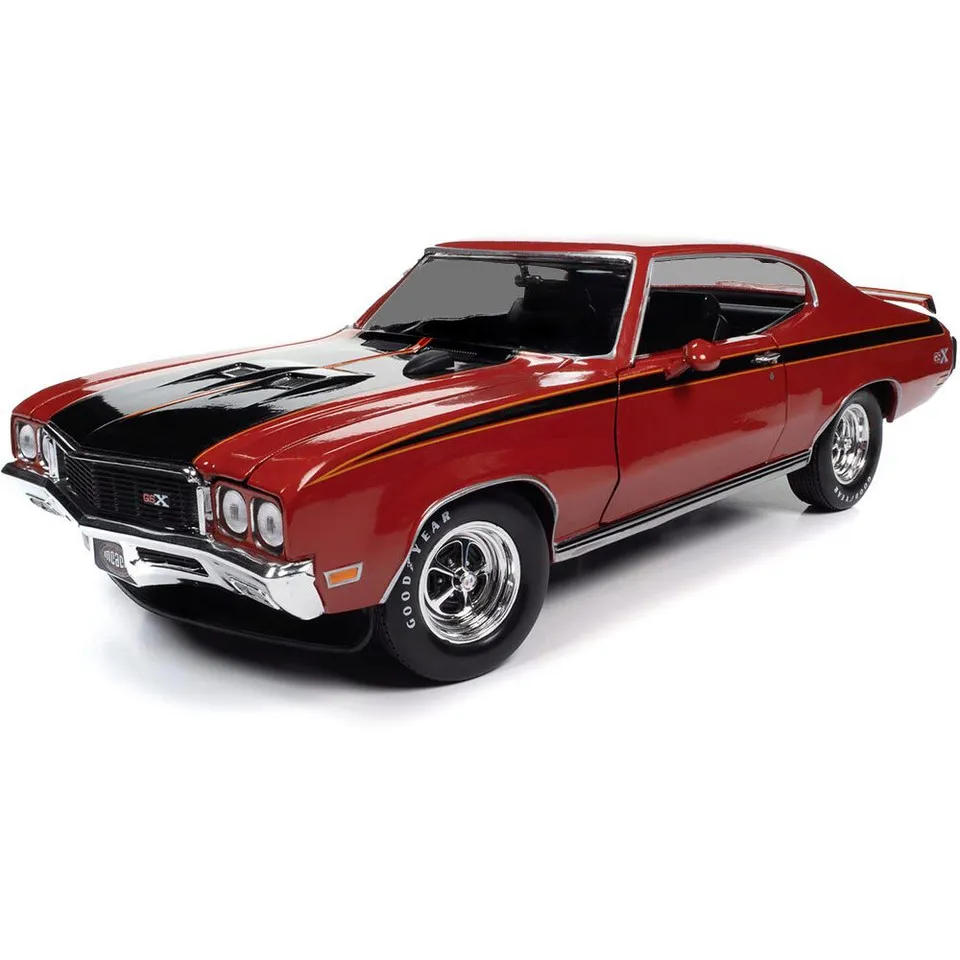Understanding Diecast Model Car Engines
Diecast model car engines represent a fascinating intersection of engineering, artistry, and the passion for automobiles. These miniature marvels are meticulously crafted to replicate the intricate details of real-world engines, offering enthusiasts a tangible connection to the automotive world. Whether you’re a seasoned collector or a curious newcomer, understanding diecast model car engines is the first step in appreciating these miniature masterpieces. They provide a unique opportunity to explore the mechanics and aesthetics of iconic engines, scaled down to fit perfectly within a miniature car. This overview delves into what makes these engines special, the materials they’re made from, and what to look for when choosing one for your collection.
What are Diecast Model Car Engines?
Diecast model car engines are highly detailed replicas of the engines found in real-world vehicles. They are typically created as individual components or as integral parts of a diecast model car. These miniature engines can range from simple representations to incredibly complex models, with each part painstakingly recreated to match the original engine’s design. They are designed to be visually accurate, capturing the essence of famous engine types such as V8s, inline-sixes, and rotary engines. They serve both as a collector’s item and a way to appreciate the engineering behind automobiles. The level of detail can vary greatly, affecting the price and desirability of the engine.
Materials Used in Diecast Model Car Engines
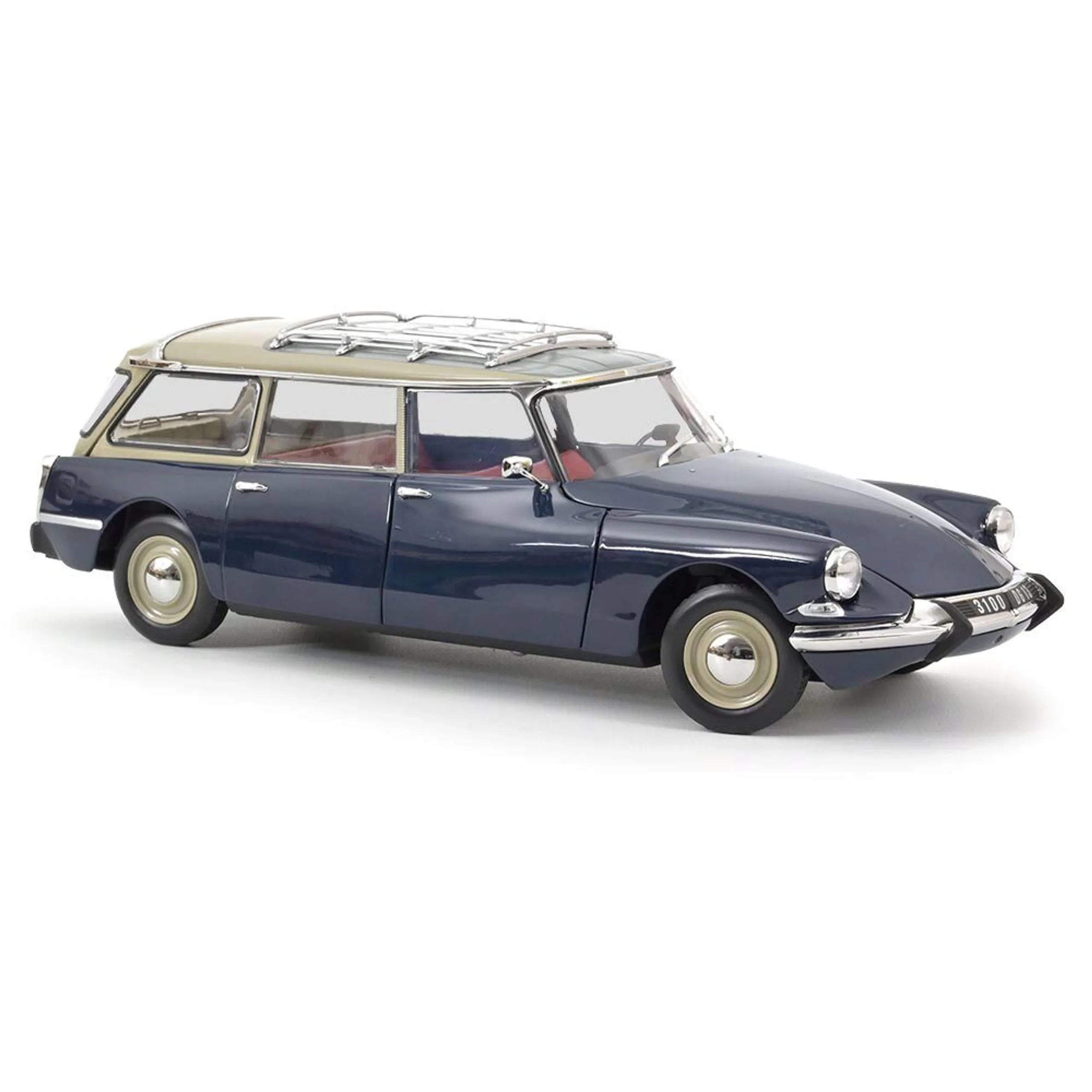
The materials used in diecast model car engines play a critical role in their durability, detail, and overall aesthetic. The primary material is often diecast metal, typically a zinc alloy, because of its ability to capture fine details during the molding process. This metal provides a solid and weighty feel, which enhances the realism of the model. Additional materials include plastics for various engine components such as hoses, belts, and housings. These plastics allow for more intricate designs and color variations. In some cases, manufacturers use photo-etched metal parts for highly detailed components like badges or intricate brackets. Paint and coatings are also essential, adding color and realism to the engine’s surfaces, and protecting the materials from corrosion and wear. The combination of these materials contributes to the engine’s overall quality.
Top 7 Specs for Diecast Model Car Engines
When evaluating diecast model car engines, several key specifications define their quality and appeal. These specifications range from the engine’s physical characteristics to the level of detail and realism. Understanding these aspects allows collectors to make informed decisions and find engines that meet their specific preferences and requirements. Each specification contributes to the overall value and desirability of the model, and the combination of these aspects creates a realistic and satisfying miniature replica of an automotive engine. From scale to the engine’s type, these features ensure that each model is as accurate and impressive as possible. Therefore, let’s delve into the top seven specifications for diecast model car engines.
Scale and Size of the Engine
Scale and size are fundamental aspects of diecast model car engines. These engines come in various scales, most commonly 1:18, 1:24, and 1:43, with each scale representing the ratio of the model’s size to the actual engine’s size. The scale determines the level of detail and the overall impression of the engine. Larger scales (e.g., 1:18) allow for more intricate detailing, making it easier to appreciate the engine’s individual components. The size also affects display options and storage considerations. Collectors should choose the scale that best fits their collection and display space. Scale accuracy ensures that the engine components are proportionally correct. For instance, a 1:18 scale engine will have larger individual parts compared to a 1:43 scale engine, all while maintaining the same proportions.
Material and Build Quality

Material and build quality are critical indicators of a diecast model car engine’s durability and aesthetic appeal. The primary material used is typically diecast metal, a zinc alloy, which allows for detailed molding and a realistic weight. The build quality refers to the precision and care with which the engine is assembled. This includes the fit and finish of individual components, the alignment of parts, and the overall smoothness of the surfaces. High-quality engines have minimal gaps, smooth paint finishes, and robust assembly, ensuring they can withstand handling and display for many years. Quality is also evident in the use of appropriate adhesives, secure attachments, and the absence of manufacturing defects. Collectors should look for engines made with high-quality materials and excellent craftsmanship to ensure their models are both visually stunning and long-lasting.
Level of Detail
The level of detail is a key factor distinguishing high-quality diecast model car engines. This includes the accuracy of individual parts, the presence of intricate features, and the overall realism of the model. High-detail engines showcase a high degree of fidelity to the real-world counterparts. Fine details include accurately replicated bolts, hoses, wiring, and other engine components. Advanced models may feature moving parts, such as a rotating fan or a functional crankshaft. The paintwork also contributes significantly to the level of detail, with accurate colors, shading, and weathering effects adding to the engine’s realism. Collectors seeking authenticity will prioritize engines with a high degree of detail, as they offer a more engaging and accurate representation of the original engine. The more detailed, the more impressive it is.
Engine Type and Configuration
The engine type and configuration are important specs as they determine the engine’s visual characteristics and its historical significance. Diecast model car engines replicate various engine types, including inline-four, inline-six, V6, V8, and even more complex designs like rotary engines. The configuration describes the arrangement of the engine’s cylinders and other components. For example, a V8 engine will have cylinders arranged in a V-shape. The engine type affects the overall appearance of the model and the specific details that manufacturers include. Collectors may seek specific engine types based on their historical importance, performance characteristics, or personal preferences. The engine type and configuration also dictate the presence of specific parts, such as carburetors, fuel injectors, and exhaust manifolds. This all contributes to the overall realism of the engine.
Authenticity and Accuracy

Authenticity and accuracy are paramount when evaluating diecast model car engines. This refers to how closely the model engine matches the design and specifications of the real-world engine. Accurate models accurately reproduce the dimensions, features, and details of the original. Authentic engines include correct branding, logos, and markings, as well as a faithful representation of the engine’s colors and finishes. To assess authenticity, collectors should research the original engine and compare it to the model. The most accurate models are often produced by brands that hold official licenses from automotive manufacturers. Authenticity also extends to the materials used, with manufacturers often selecting materials that match those used in the actual engine. For example, metal components are used where metal parts would be found on the full-size engine.
Manufacturer and Brand Reputation
Manufacturer and brand reputation greatly influence the quality and desirability of diecast model car engines. Established manufacturers often have a long-standing reputation for producing high-quality, highly detailed models. These brands invest in accurate research and development, ensuring that their models meet the highest standards of authenticity and accuracy. The reputation of a manufacturer is also tied to their customer service, the availability of replacement parts, and the longevity of their products. Some well-known brands in the diecast model car engine market include Autoart, Minichamps, and Kyosho, among others. Researching the brand and reading reviews from other collectors can provide insights into the quality and value of a particular engine. It’s often worthwhile to invest in models from reputable manufacturers, as they are more likely to hold their value over time.
Price and Value
Price and value are crucial considerations when collecting diecast model car engines. The price of an engine can vary widely, depending on factors such as its scale, level of detail, manufacturer, rarity, and condition. Generally, more detailed and authentic models command a higher price. The value of an engine is determined by its desirability among collectors, its condition, and its historical significance. Rare or limited-edition engines often appreciate in value over time. Collectors should research the market to understand the average price range for similar engines. This information can help determine if an engine is fairly priced. Collectors should also consider the engine’s long-term investment potential. Assessing an engine’s value requires considering the brand, detail, and market demand. This will provide a more complete picture and help to make better investment choices.
How to Choose the Right Engine for Your Model
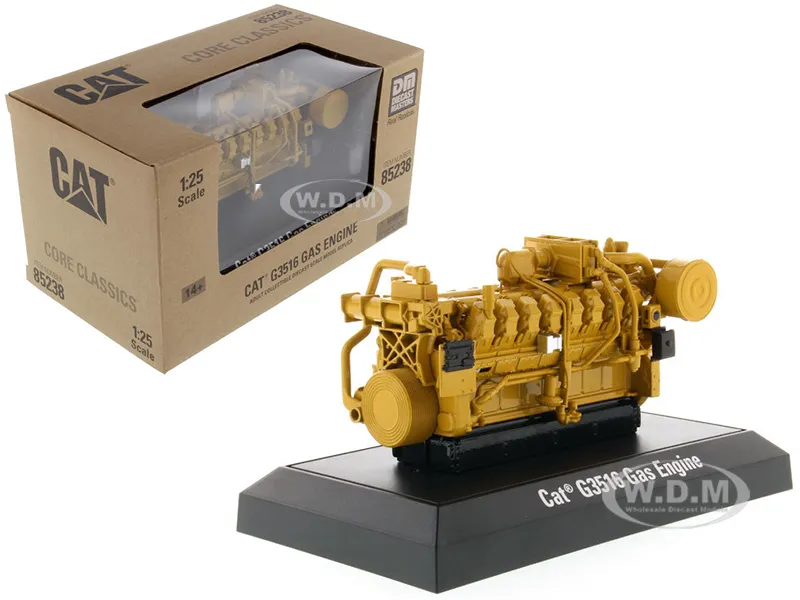
Choosing the right engine for your diecast model car requires careful consideration of several factors. The goal is to find an engine that complements the car model and enhances its overall presentation. Matching the engine’s type, scale, and level of detail with the car model is essential for a cohesive and realistic look. By considering these elements, collectors can enhance their model car collection with accurate and visually stunning engine replicas. This ensures that the model car engine fits perfectly and enhances the overall aesthetic appeal. This involves understanding the scale, details, and authenticity of the engine. The perfect engine will bring the model car to life.
Matching Engine to Car Model
Matching the engine to the car model is a critical aspect of collecting diecast model car engines. The engine should be authentic to the car model it is paired with. This means ensuring the engine type, such as a V8 or inline-six, matches the car’s original specifications. The engine’s era and design should also align with the car’s production period. For example, a classic muscle car model would be more appropriate with a vintage V8 engine. Moreover, the engine’s color scheme and detail should complement the car’s exterior. Researching the original car’s engine specifications and design is vital. This helps to ensure that the engine is authentic and complements the model car. The correct engine will enhance the overall realism and visual appeal of the model, making it a more satisfying collector’s item.
Considering the Scale
Considering the scale is a basic step when choosing an engine for your model. The engine scale must be consistent with the car model’s scale for a realistic fit. The most common scales are 1:18, 1:24, and 1:43, so you must match the engine’s scale to the car model. For example, if you have a 1:18 scale car model, you should find a 1:18 scale engine to ensure a proper fit. Mismatched scales will result in the engine being either too large or too small, disrupting the model’s proportions and overall appearance. It’s essential to verify the engine’s dimensions before purchasing it, as slight variations can occur between manufacturers. Proper scaling guarantees the engine fits neatly and complements the model car’s design. This attention to scale will result in a more accurate and visually appealing display.
Importance of Detail and Authenticity
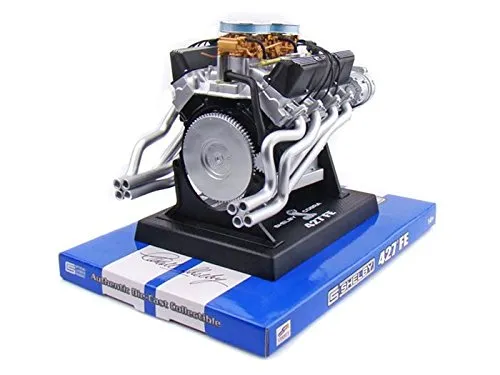
The importance of detail and authenticity cannot be overstated when selecting a diecast model car engine. The level of detail significantly impacts the engine’s visual appeal. High-quality engines showcase a high degree of accuracy in every component. Authenticity ensures the engine accurately represents the original engine’s design, features, and markings. Collectors seeking a more realistic engine will place a premium on models with fine details and authenticity. This includes features like accurate bolt patterns, realistic wiring, and brand-specific logos. Researching the original engine’s specifications is essential to ensure that the model matches the design. These features contribute to a more engaging and realistic experience. Detailed and authentic engines enhance the overall value and enjoyment of the model. It is this attention to detail that turns a model into a true piece of art.
Where to Buy Diecast Model Car Engines
Finding the right diecast model car engine involves exploring various channels and locations. The availability and selection of diecast model car engines vary greatly. Knowing where to look can save time and help you find the perfect engine for your collection. Online retailers, specialty shops, and model car shows offer a wide range of options for every collector. Each channel offers different benefits, such as selection, pricing, and the opportunity to see the engines in person. Therefore, it is important to know where to look. Knowing where to look can help you find your ideal model car engine. This guide focuses on the best locations for buying model car engines.
Online Retailers
Online retailers are a primary source for diecast model car engines, providing convenience and access to a vast selection. Major online marketplaces such as Amazon and eBay offer a wide variety of engines from different manufacturers and sellers. Specialty online shops that focus on diecast models offer curated selections. These stores provide more detailed product descriptions, customer reviews, and specialized customer service. Advantages of shopping online include price comparisons, easy access, and the ability to buy from anywhere. Online retailers often offer detailed product images, allowing you to inspect the engine before purchasing. When buying online, always verify the seller’s reputation and read customer reviews to ensure product quality. Check for return policies and warranty options to protect your purchase. Carefully review the product descriptions and specifications to make sure the engine meets your requirements before buying.
Specialty Shops
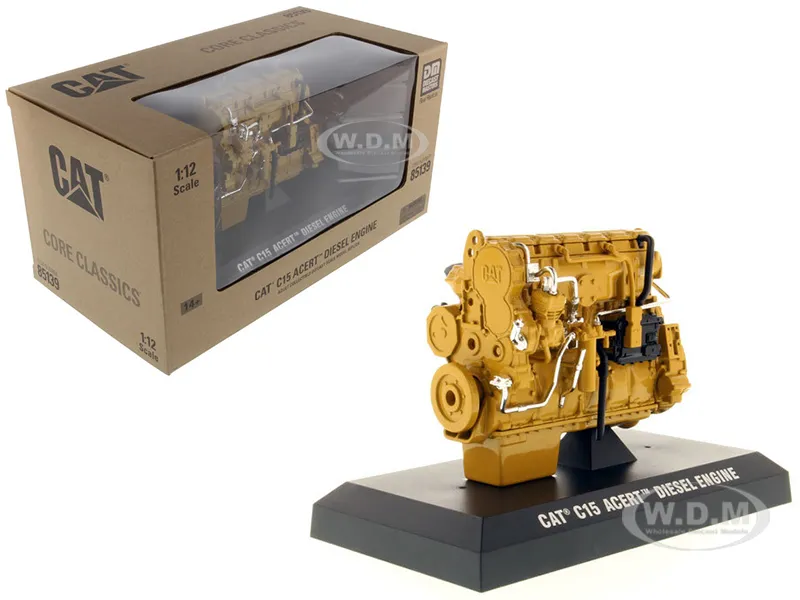
Specialty shops dedicated to diecast models offer a hands-on experience and a curated selection. These shops are excellent for collectors seeking expert advice and personalized service. They typically carry a range of engines from various manufacturers. The owners and staff are usually knowledgeable about the products and can provide valuable insights. Advantages of visiting specialty shops include the ability to inspect the engine in person, assess its quality, and ask questions. Local specialty shops often host community events, such as model car shows, or offer exclusive products. Shopping at specialty shops supports local businesses and provides opportunities for networking with other collectors. These shops also offer access to rare or limited-edition engines. To find specialty shops, search online directories or social media groups. Consider visiting model car clubs or attending local events to discover specialty shops in your area.
Model Car Shows and Events
Model car shows and events provide unique opportunities for collectors to discover and purchase diecast model car engines. These events are typically held by model car clubs and organizations. They bring together a wide array of vendors and collectors. Attending a show lets you see a wide variety of engines from different manufacturers, making it easier to compare and find the best options. Shows and events offer face-to-face interactions with vendors and fellow collectors. The ability to inspect engines in person is a significant advantage. This allows you to assess the level of detail, quality, and authenticity before making a purchase. Model car shows often feature rare or vintage engines. Shows and events create a community. They provide opportunities to network with other collectors. They also help learn about the latest trends and innovations in the diecast model car world.
Caring for Your Diecast Model Car Engine
Proper care and maintenance are essential to protect and preserve your diecast model car engines. This includes cleaning and maintenance, and proper storage. These steps ensure that your engines remain in excellent condition and retain their value. By incorporating these care routines into your collection, you can maintain your engines’ beauty and keep them in top condition. Proper care ensures your engines can be enjoyed for many years. This ensures that your model car engines remain in top condition and continue to impress. Follow the guidelines below for long-lasting enjoyment.
Cleaning and Maintenance
Regular cleaning and maintenance are vital to preserving the appearance and condition of your diecast model car engines. Dust and debris can accumulate on the engine’s surface, diminishing its visual appeal. Use a soft brush or cloth to gently remove dust particles. If the engine has accumulated dirt, you can use a damp cloth and mild soapy water. Avoid harsh chemicals or abrasive cleaners. They may damage the paint or detail. Carefully dry the engine after cleaning to prevent water spots. Regular inspection for damage is also essential. Check for loose parts or paint chips. Address any issues promptly to prevent them from worsening. You can use model-specific cleaning products to keep your model in top condition. Cleaning should be performed with care, attention, and regularity, protecting your model car engine.
Proper Storage
Proper storage is critical for the long-term preservation of diecast model car engines. The storage location should be in a cool, dry, and dust-free environment, away from direct sunlight and extreme temperatures. Excessive heat or humidity can damage the engine’s materials, causing paint to fade or metal components to corrode. Sunlight can also degrade the engine’s colors over time. Consider using display cases or protective boxes to shield the engines from dust and physical damage. When storing engines, ensure they are securely placed and do not touch each other. The display case helps prevent scratches and other damage. These actions will protect the engine from environmental hazards. Regular inspections and proper storage will keep your model car engine in excellent condition.
